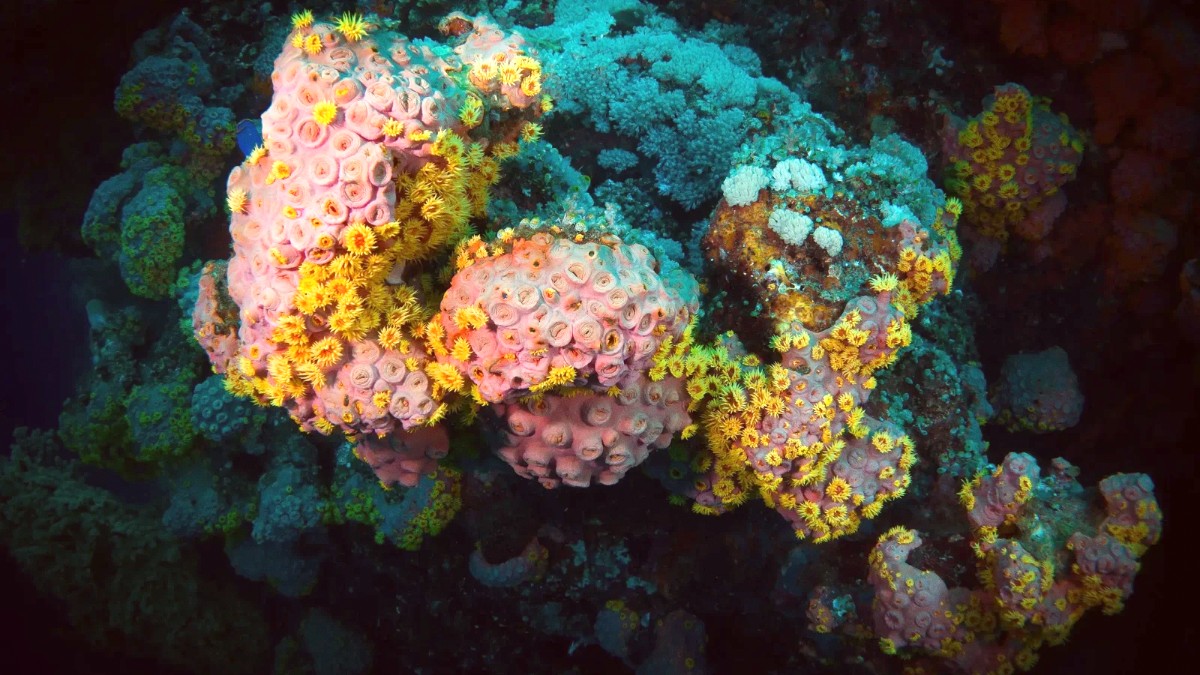
Individual money-saving strategies hold no relevance for the United States Minor Outlying Islands. Access comes without commercial transactions. Sponsoring government agencies or research institutions cover all costs. The core concern centers on obtaining grants and maintaining institutional budgets with care, not personal financial gain.
Time management for the United States Minor Outlying Islands concentrates on optimizing the limited on-site duration, considering the substantial cost and intricate access logistics. These are operational refinements, not leisure shortcuts.
'Local insights' for the United States Minor Outlying Islands involve the distinct operational realities and environmental sensitivities known by the few authorized personnel who consistently work there. No 'locals' exist in the conventional sense.
Guidance for solo, family, or group presence on the United States Minor Outlying Islands is highly specialized, stemming from restricted access.
Any USMOI presence functions as a highly structured, group-based, and purpose-driven endeavor, calling for specific capabilities from all participants.
Beyond the direct mission requirements, understanding the fundamental nature of these islands clarifies expectations and approach.
These islands exist thousands of miles from populated centers, requiring extensive self-reliance.
Public entry is prohibited; only authorized personnel may visit for specific missions.
The islands host fragile ecosystems, calling for strict conservation protocols.
Access to these islands serves specific, non-commercial purposes only.